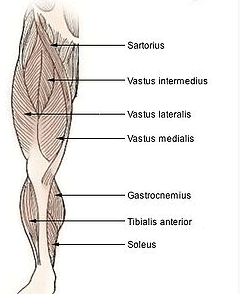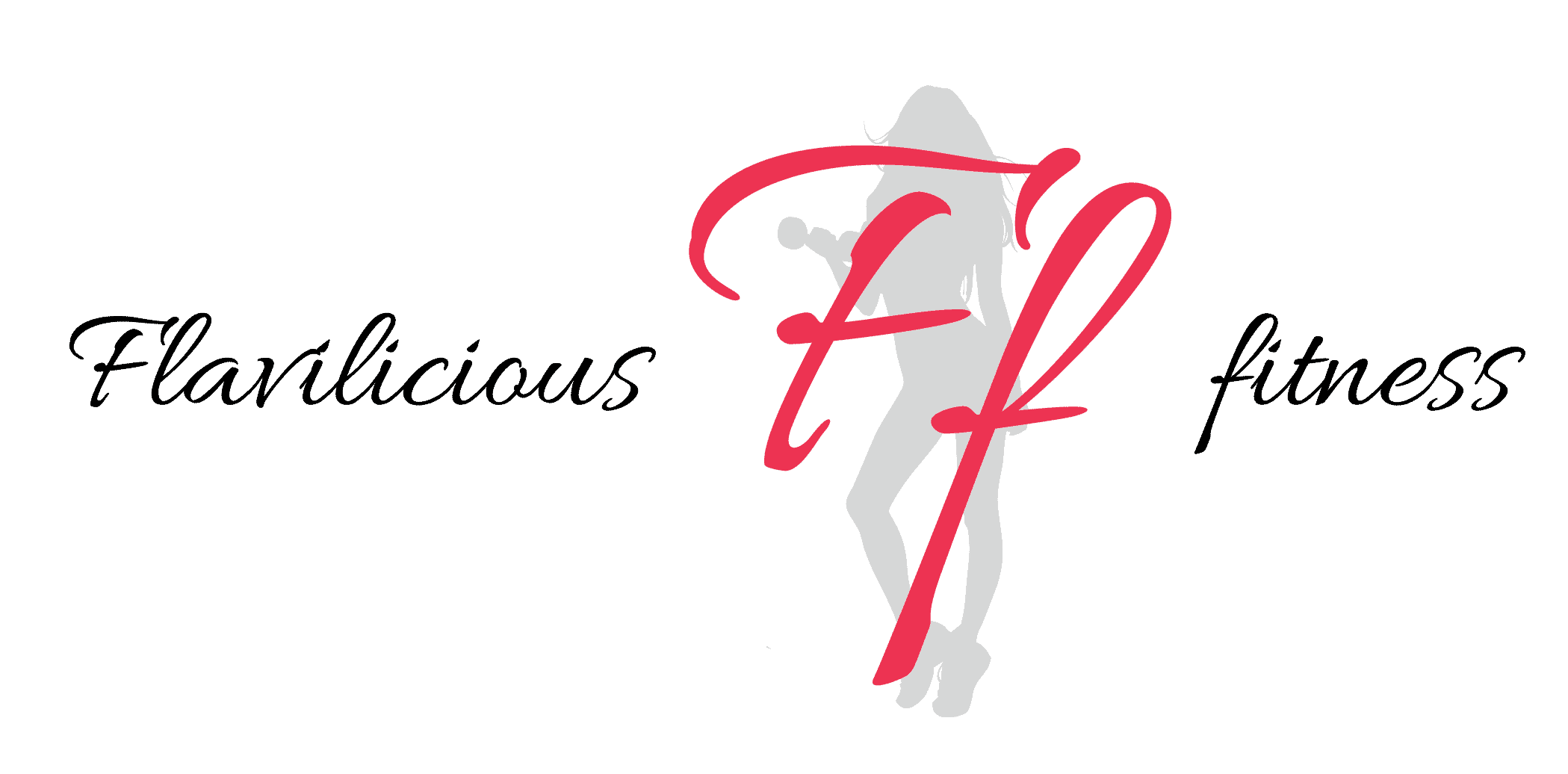Front Squat For Lean Legs
The front squat is great for those who have poor flexibility as using a lighter weight allows you to go deeper in the squat and will help to loosen up the hips and ankle joints.
As opposed to the back squat where the center of gravity is distributed tot he back, the front squat’s center of gravity is distributed to the front allowing the body to stay upright. There is less tendency to cheat when using the font squat because if you cheat, you will have to drop the bar.
Another difference from the back squat is the less stress on the knees while still providing comparable stimulus dominantly on the quadriceps.
MEET YOUR MUSCLES

Tips For A Proper Front Squat
- Use a pronated grip, or if you are too tight in shoulders use grip above. Arms should be parallel to the floor.
- Bar should rest on the anterior deltoids.
- Tighten your back and torso and keep the them contracted throughout the exercise.
- Keep body upright throughout the exercise.
- Don’t lift your heels off the ground.
- Knees should always follow the direction of your toes.
This does not mean you shouldn’t do back squats. This means you should add front squats to your routine to help increase flexibility and avoid knee injuries from over use.
PIN it, Like it and I will keep more coming!!










Hi Flavia, can you modify these to do with dumbells rather than a barbell? Would you hold them against your chest? I’d like to do these at home where I only have dumbells 🙂 Thanks!
Dumbbells are fine, if you choose a lighter weight you don’t have to hold them against your body, just have your elbows remain at shoulder height and you will also be engaging your shoulders.
This looks great Flavia! I will give it a try, love your detailed explanation! Can’t wait for tomorrow’s recipe 🙂 Loved your post yesterday as well.
For those of us who are quad dominant, how do you balance flexors and extensors over the course of a single training session or a week of training? Thanks!
You should still do as much on the flexors as you do on the extensors within a week or 10 days.
Hi Flav: excellent detail; thank you — in fact, your whole website is very well done ! Any ETA yet for [FBL2] ?
Thanks Debs, it looks like May 14th.
Thank you Flavia! I do have bad knees, so I have to pick and choose what I can do without hurting myself.
I have had the same problem for years. Try the stair climber twice a week for a few weeks straight and stretch daily. Get creative on the stairs. lunge(add kick back), wide walk, narrow walk, run, light hops(one foot at a time), walk side ways(add leg lift), walk backwards(add slow front kicks) anything as long as you make sure your knee is pointing the direction as your toes and dont go past your toes. Also taking supplements like Bromelian, Glucosamine and Chondroitin help. I feel for you. Knee problems have made me feel limited.
hey, thanks for the Tip! I just emailed you yesterday about my recent knee surgeries and limited ability to squat, so this is a great way to work on squats and still gain benefits of the program. Yay!
Thank you for sharing your info. I truly appreciate your efforts and I am waiting for
your next write ups thank you once again.
Sorry, but the form on the second picture is horrible. You shouldn’t push your butt backwards as it leads to the upper body leaning forward. It is impossible to hold on to the bar this way if you’re squatting with heavier weights. Your hips should go straight down and up, not backwards. Your text seems to recognize the importance of staying upright so I have no idea why you’d choose such a picture for your article.
And I wouldn’t advise saying go as low as you can, yes this is the end target of depth and best for glute activation but not what everyone should do at first depending on each individuals ability, flexibility and even age if never trained before. If technical form breaks and the spine curves putting pressure on the front of the vertabral discs encouraging a prolapse, the last thing you want is to continue to go as low as you can with a weight on your shoulders, sure you know this but others wouldn’t.